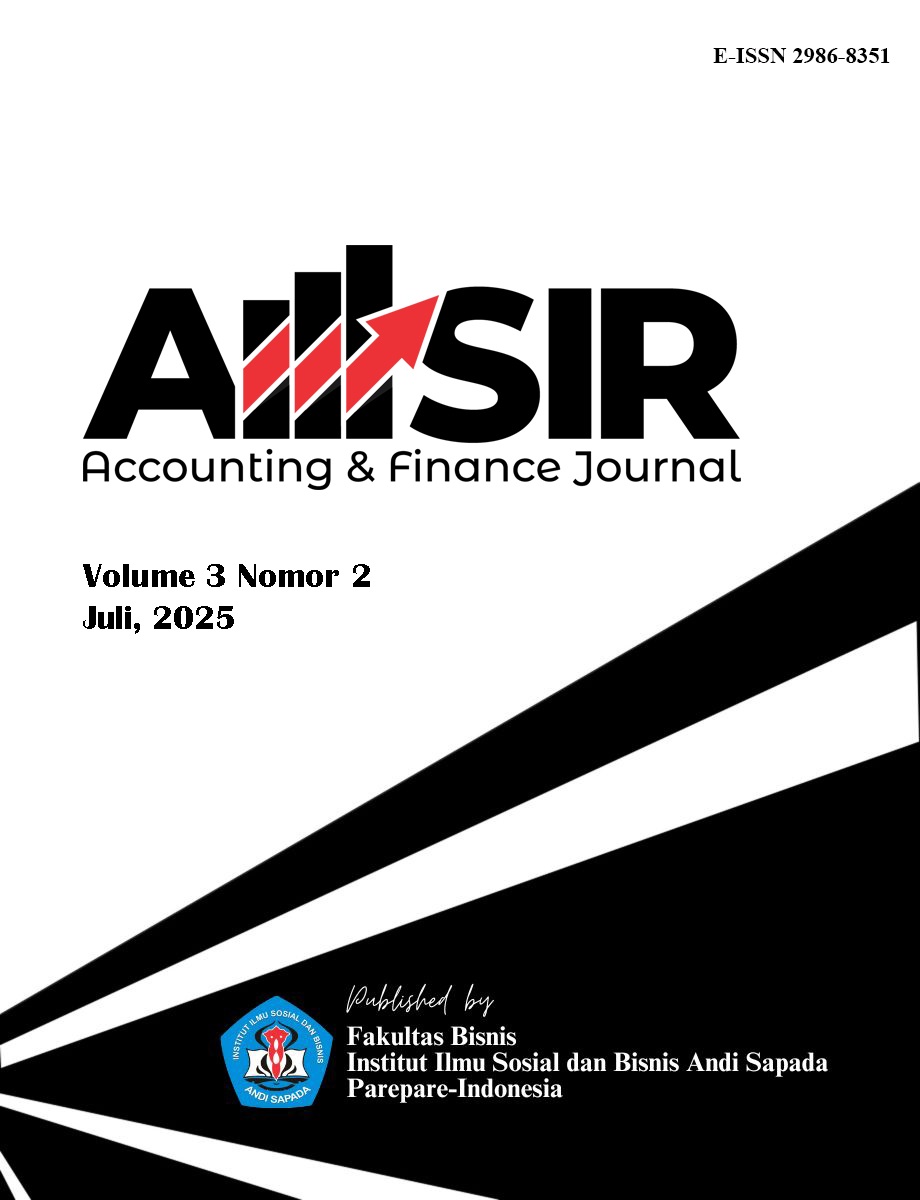Correction of Insurance Company's Financial Statements After the Enactment of PSAK 117
Abstract
This study reveals accounting corrections with the issuance of 117 financial accounting standard statements, compared to the differences in previous accounting standards. With the issuance of the Financial Accounting Standard Statement 117 (PSAK 117), it has become a standard or guideline for reporting insurance contracts in the form of financial statements. This standard covers all types of insurance contracts, whether issued by insurance companies or other entities involved in insurance activities. The main differences between PSAK 117 and the previous issued financial accounting standards, namely PSAK 28, are in the measurement and disclosure of debts and the disclosure of asset value. In the implementation of PSAK 117, it adopts a risk-based approach, which allows companies to reflect obligations more accurately according to the risks involved. The enactment of these accounting standards also includes actuarial assumptions and more transparent disclosure of the risks faced by insurance companies. PSAK 74, this study is a literature study that reveals the differences between PSAK 117 and previous accounting standards, offering a more structured and comprehensive approach in recording insurance contracts compared to PSAK 74. The results of this study reveal Revenue, Costs, Premium and Reserve Value, Liabilities, and Claim Value Disclosure. The application of accounting standards such as PSAK 117 or IFRS 17 can affect the recording of revenue, expenses, and profit and loss, which can impact the company's financial performance. Therefore, insurance companies need to monitor and manage financial ratios to ensure financial health and sustainable performance.




.png)



.png)









.jpg)
